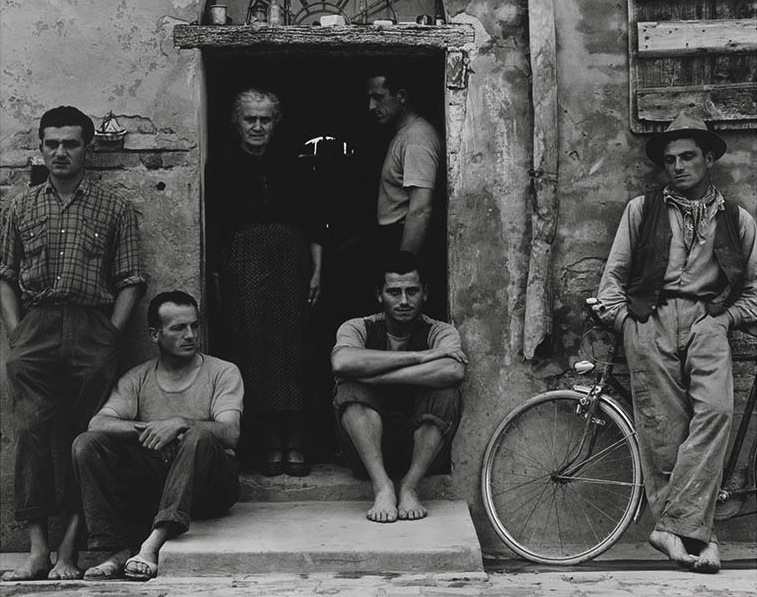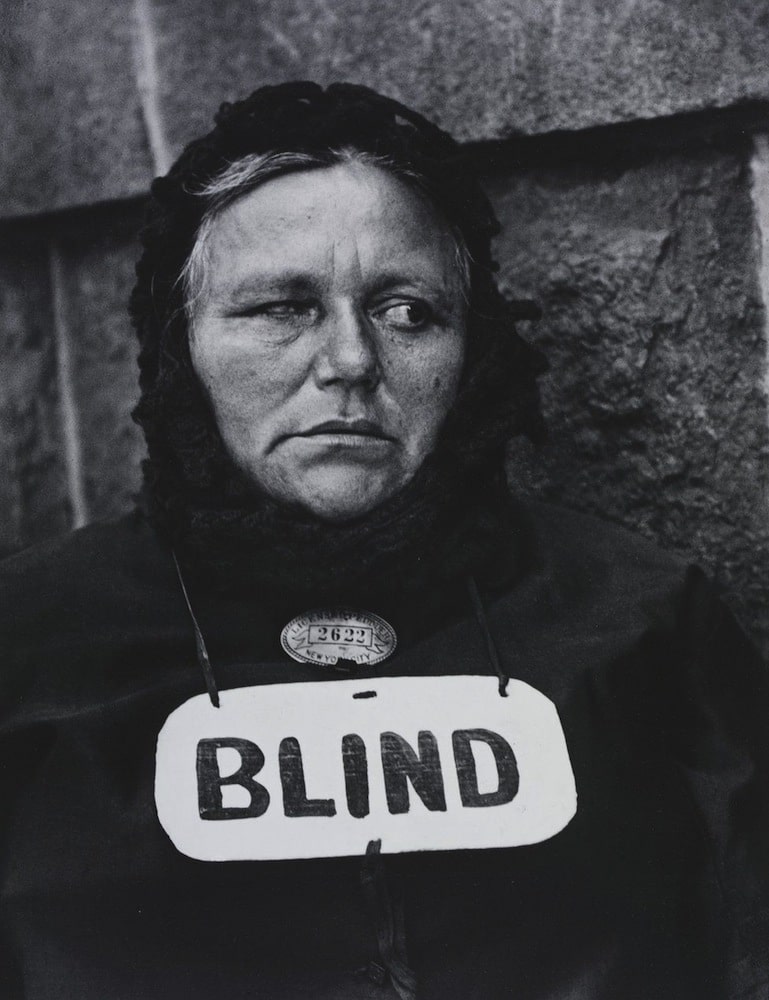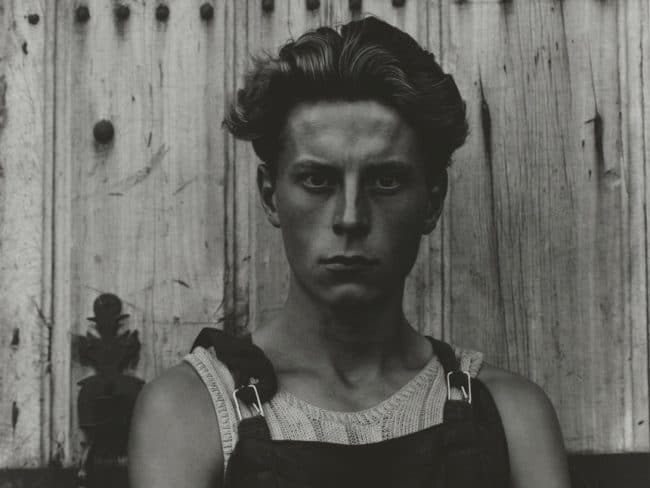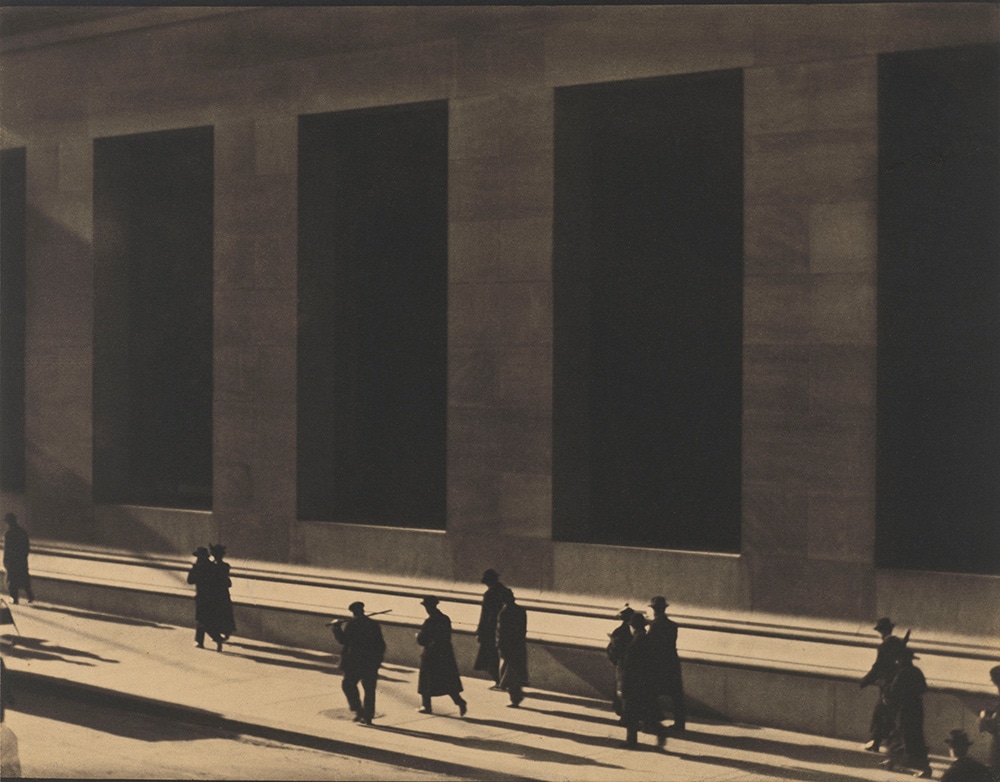This month, the V&A presents the first retrospective of the American artist, Paul Strand, in the UK for over 30 years. Revered as one of the greatest photographers of the 20th century, Strand carved out such a unique path, that his work is looked upon as the blueprint for the way fine art and documentary photography is understood and practiced today.
This defining exhibition: Paul Strand: Photography and Film for the 20th Century will reveal Strand’s trailblazing experiments with abstract photography, screen what is widely thought of as the first avant-garde film, and show the full extent of the photographs made on his global travels; beginning in New York in 1910 and ending in France in 1976.

Encompassing over 200 objects from beautiful vintage photographic prints to films, books, personal notebooks, sketches and Strand’s own cameras to trace his career over sixty years. Beginning in Strand’s native New York in 1910, the exhibition explores his early works which revolved around the financial district, railcards, wharves and factories. During this time he broke with soft-focus and impressionist-inspired ‘Pictorialist’ style of photography to produce among the first abstract pictures made with a camera. On display will be early masterpieces such as Wall Street alongside anonymous street portraits made secretly using a cameras with a decoy lens, such as Blind Woman. The influence of photographic contemporaries such as Alfred Stielglitz and modern artists such as Braque can be seen.

A fascinating component of the exhibition explores Strand’s experiments with the moving image. His film Manhatta (made in 1920-21), traces a day in the life of New York from sunrise to sunset punctuated by lines of Walt Whitman poetry. It was hailed as the first avant-garde film. Newly acquired photographs from Strand’s only UK project will also be shown- a 1954 study of the island if South Uist in the Scottish Hebrides.
The photographer collaborated with leading writers of the day to publish a series of photo books. As his career progressed, his work became increasingly politicised and focused on social documentary. His first ever photo book: Time in New England (1950) will be on display.
From the late 1950s to the mid-1960s, Strand photographed Egypt, Morocco and Ghana, countries which had all gone through such major political change. These compelling pictures from this period sit alongside tender portraits and vivid street pictures showing political rallies and outdoor markets.
The exhibition concludes with Strand’s final photographic series exploring his home and garden in Orgeval, France, where he lived with his third wife until his death in 1976, providing a rare glimpse into his own domestic happiness

Paul Strand: Photography and Film for the 20th Century at the V & A, runs to 3 July 2016.
For further information, please visit: www.vam.ac.uk









